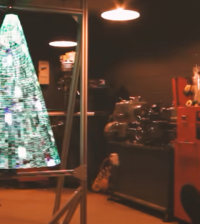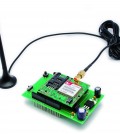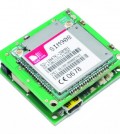- Building a 3D Digital Clock with ArduinoPosted 4 months ago
- Creating a controller for Minecraft with realistic body movements using ArduinoPosted 5 months ago
- Snowflake with ArduinoPosted 5 months ago
- Holographic Christmas TreePosted 6 months ago
- Segstick: Build Your Own Self-Balancing Vehicle in Just 2 Days with ArduinoPosted 6 months ago
- ZSWatch: An Open-Source Smartwatch Project Based on the Zephyr Operating SystemPosted 7 months ago
- What is IoT and which devices to usePosted 7 months ago
- Maker Faire Rome Unveils Thrilling “Padel Smash Future” Pavilion for Sports EnthusiastsPosted 7 months ago
- Make your curtains smartPosted 8 months ago
- Configuring an ESP8266 for Battery PowerPosted 8 months ago
What is a Transistor? Types, Uses, Working Principle

A transistor is defined as a semiconductor device that’s fundamentally built with three terminals for amplifying or switching electronic signals and electrical power purposes. Commonly classified into Bipolar Junction Transistors (BJT), and Field Effect Transistors (FET), these devices allow for the existence of radios, computers, calculators, etc. that you use today.
Well, with modern-day transistors like the BC547, 2n2222, 2n3904, etc. being used in microcontrollers (E.g. Arduino) or electrical circuit building applications, it’s important that we take a deeper look into transistors in today’s blog.
















Pingback: What is a Transistor? Types, Uses, Working Principle - Open Electronics - Amazonsearch.io